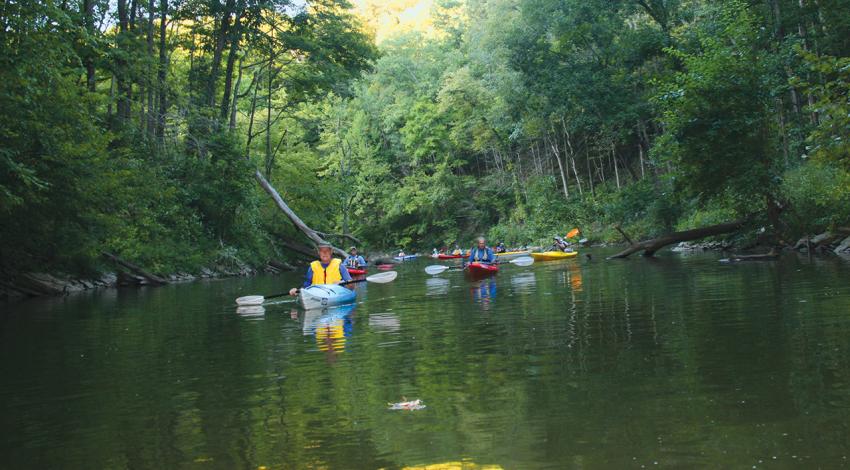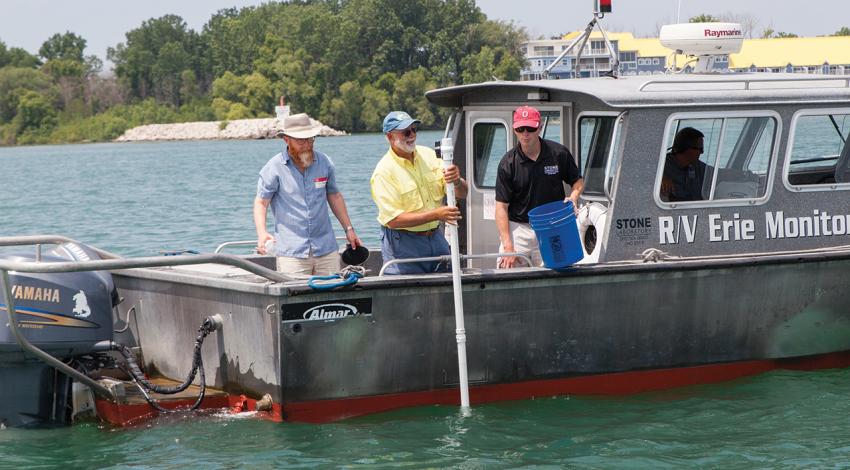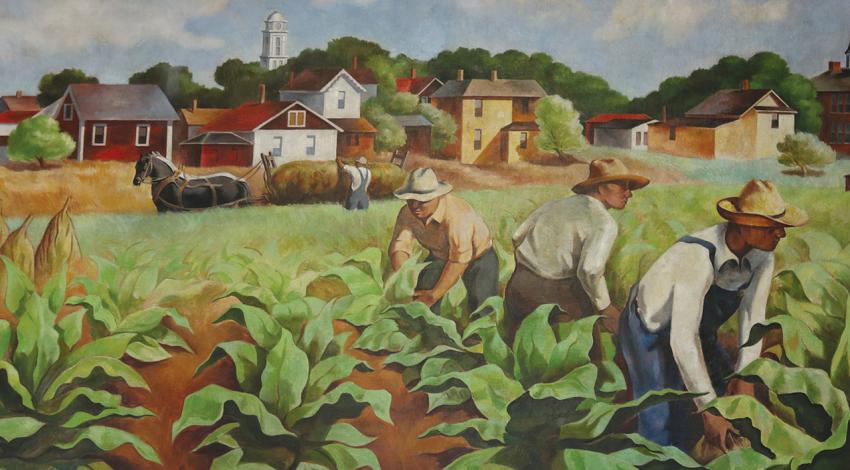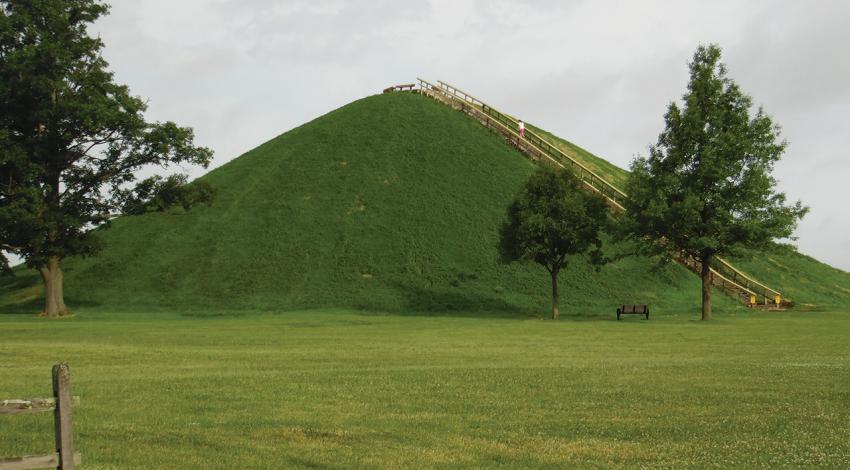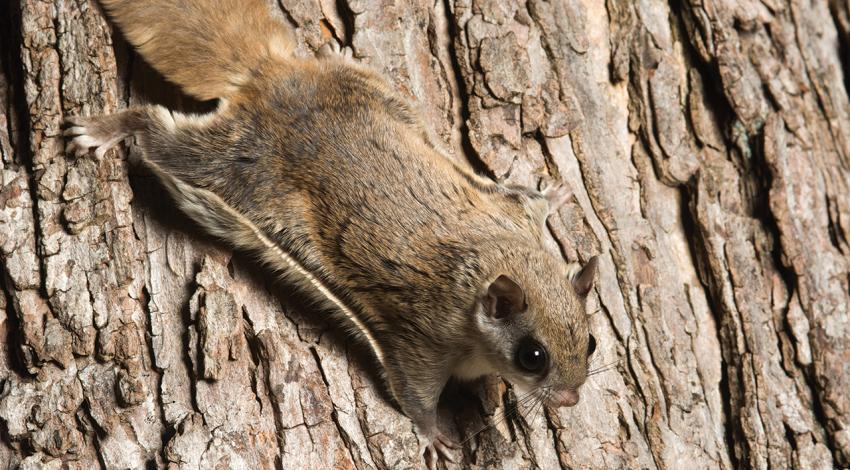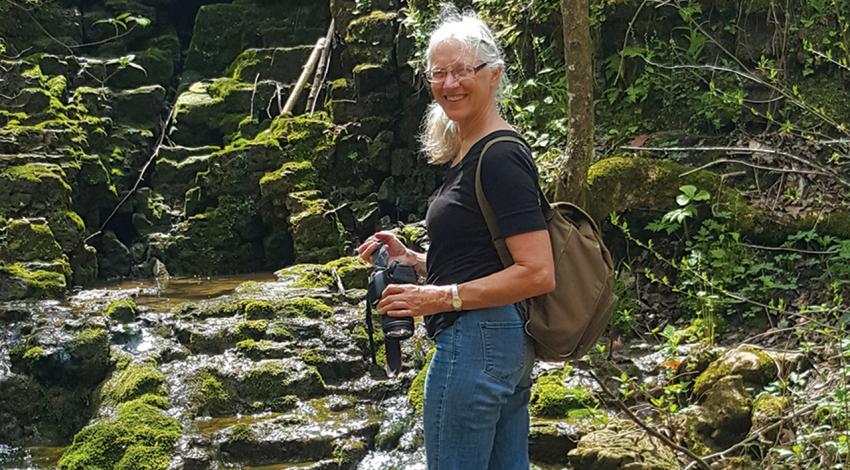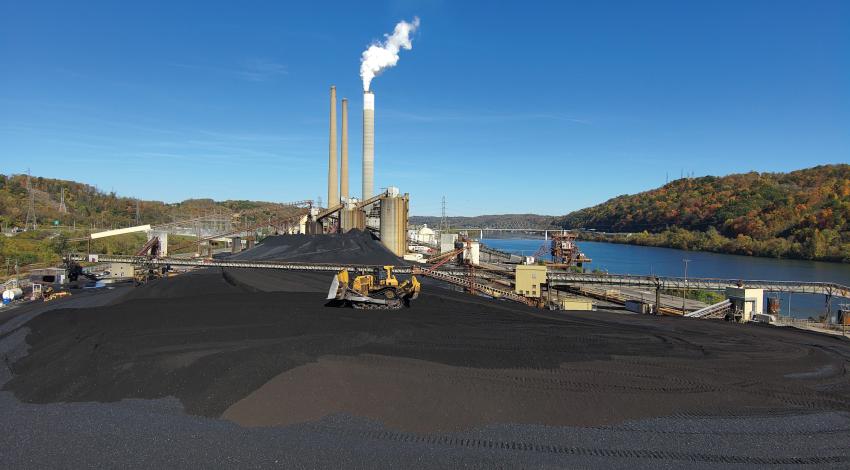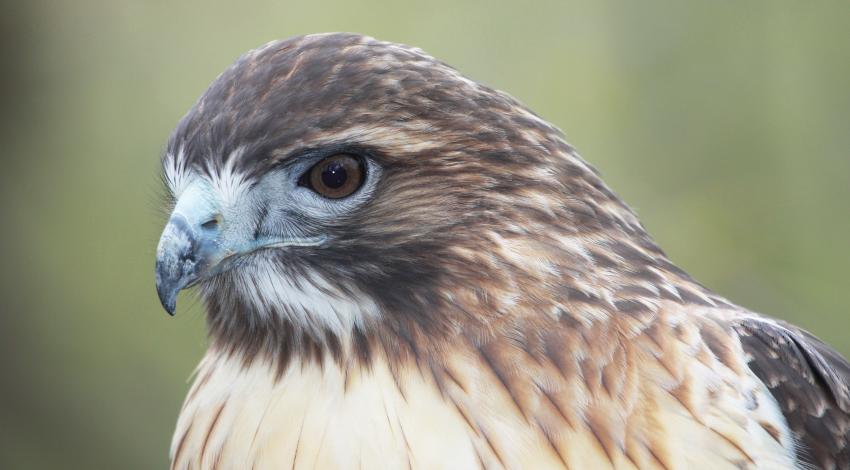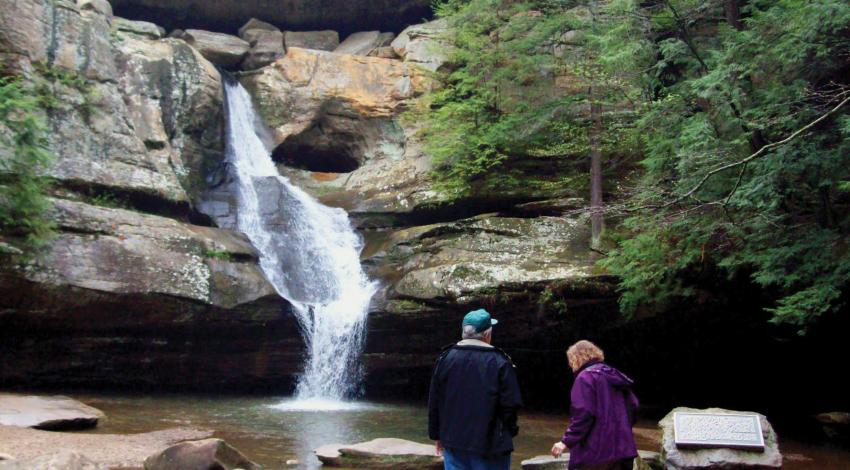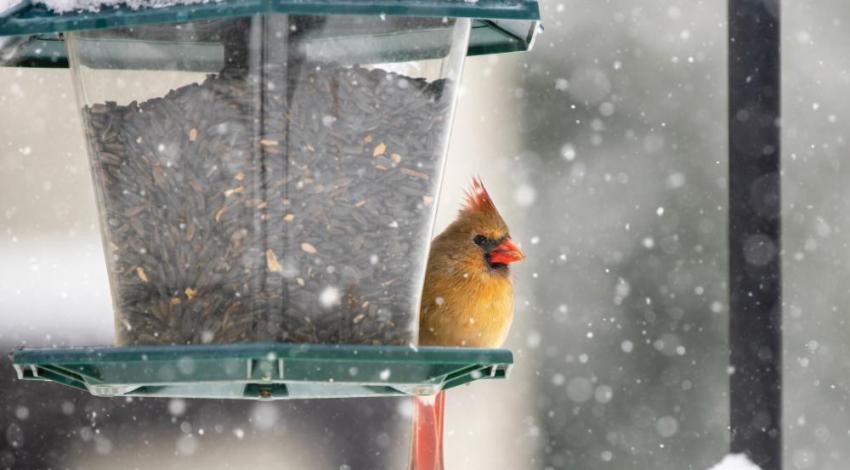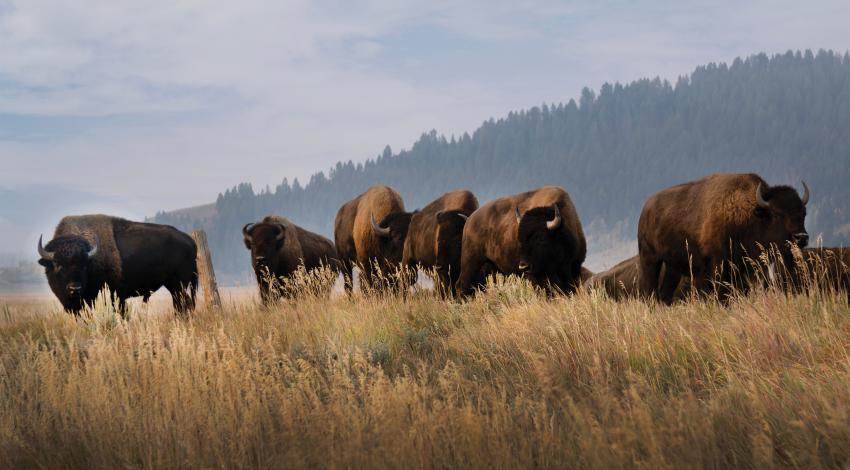A Vietnam veteran was exploring the then newly opened National Veterans Memorial and Museum (NVMM) when he saw another man, a veteran of World War II, and stopped him in his tracks with a “Thank you for your service.”
“It was a very moving moment,” says Shelley Hoffman, associate director of external affairs, who witnessed the scene. The poignant episode epitomizes NVMM’s unique mission: saluting every veteran from every branch of the U.S. military in every period of war and peace.

